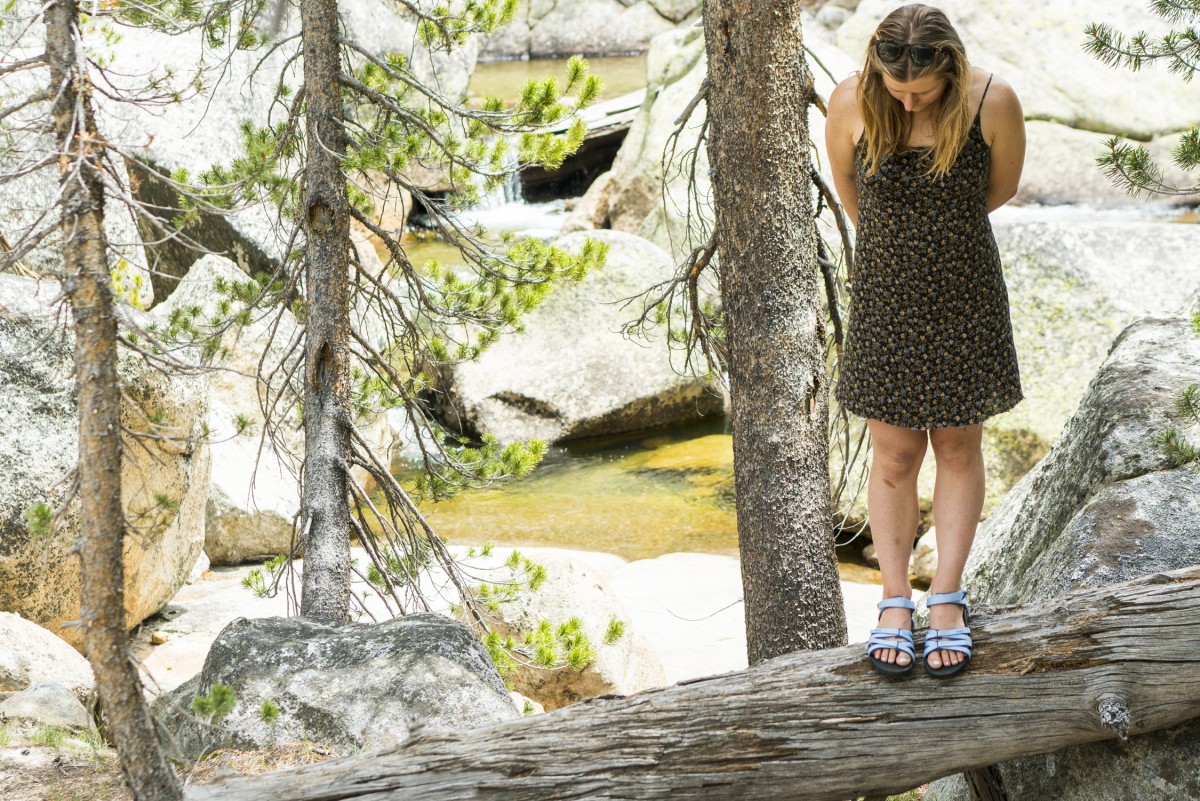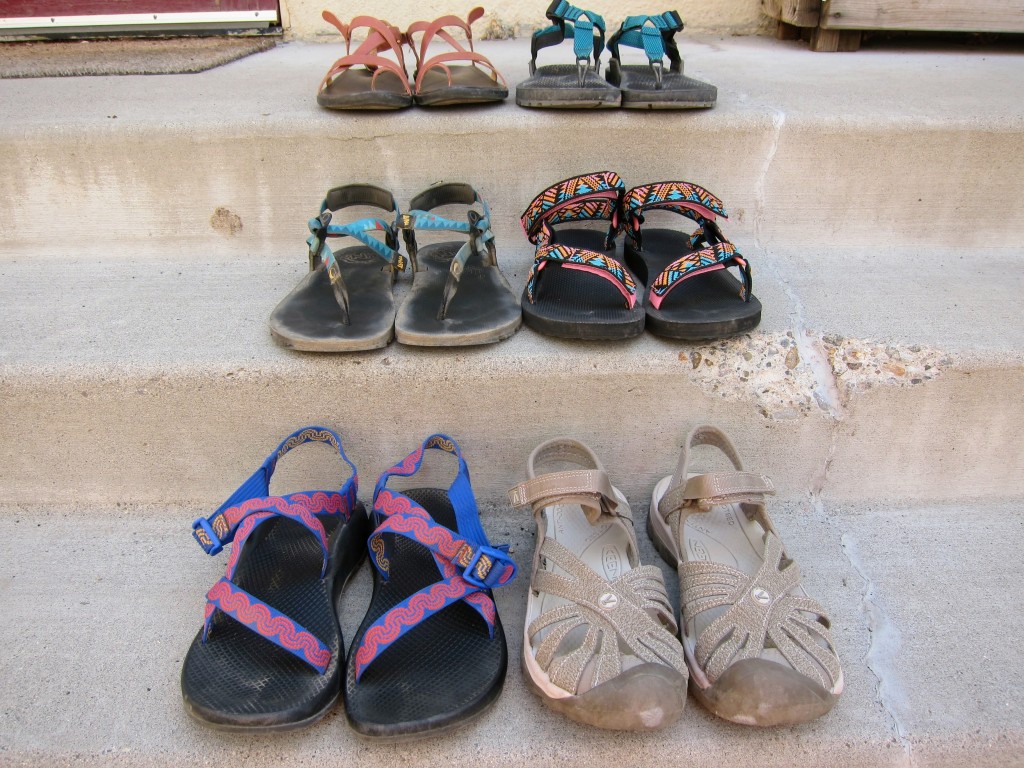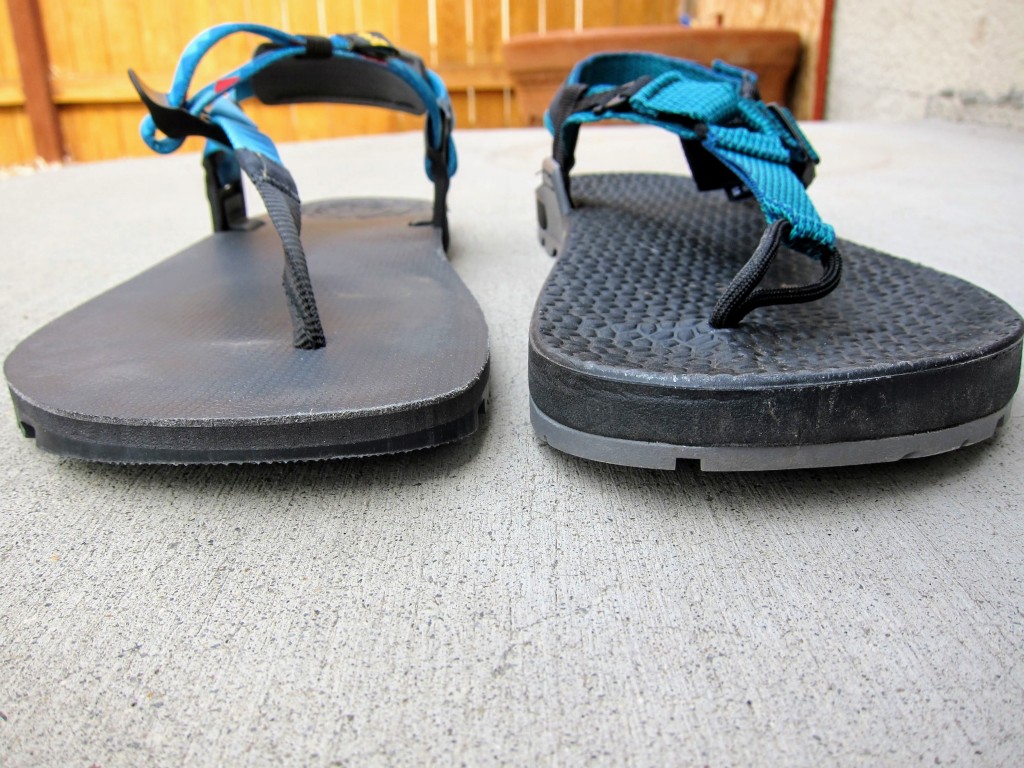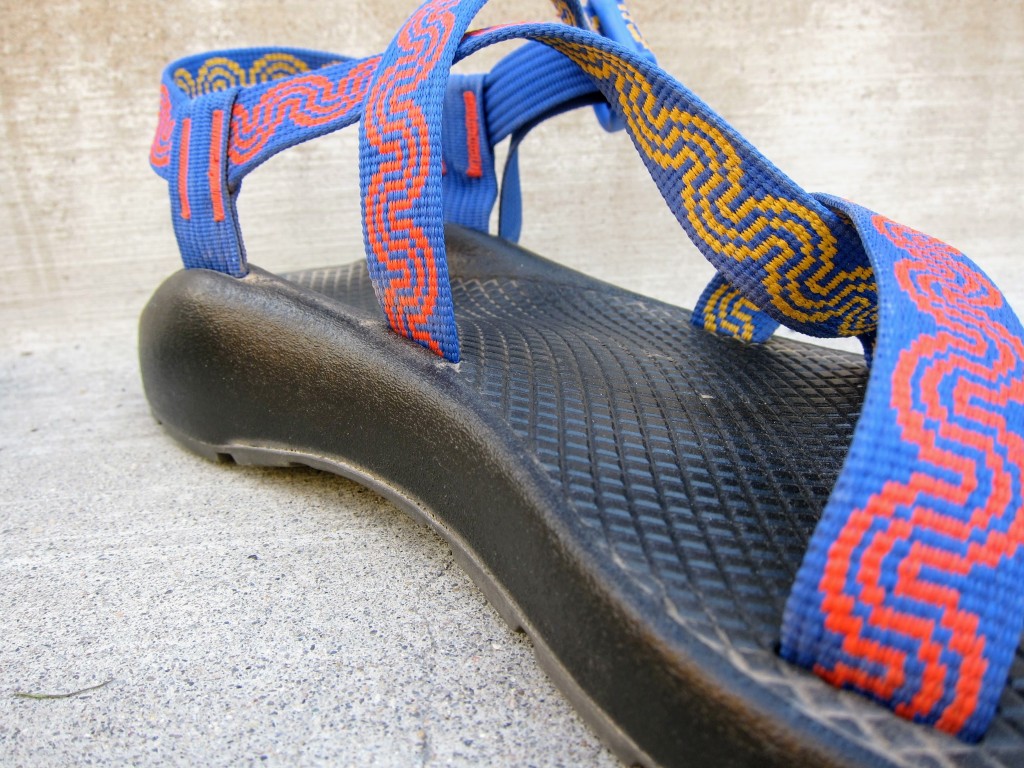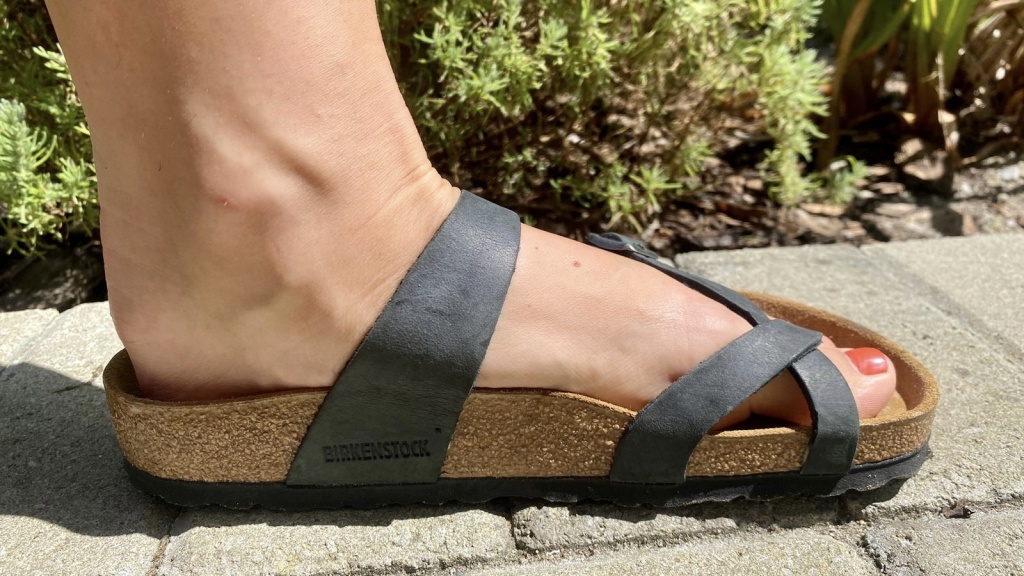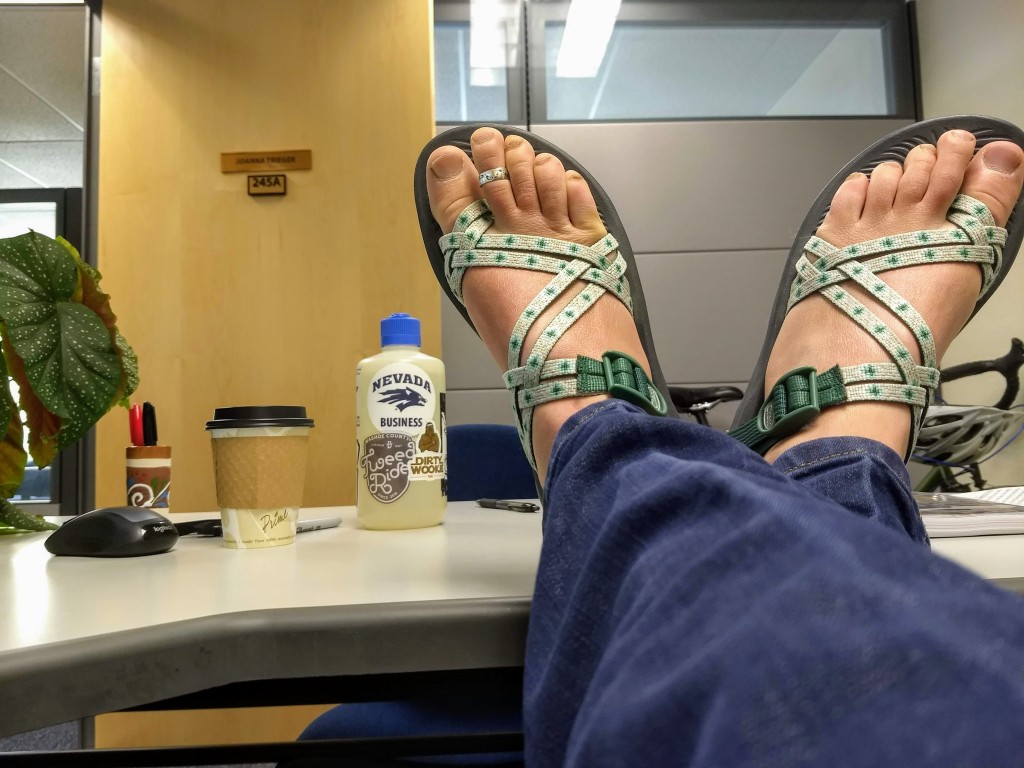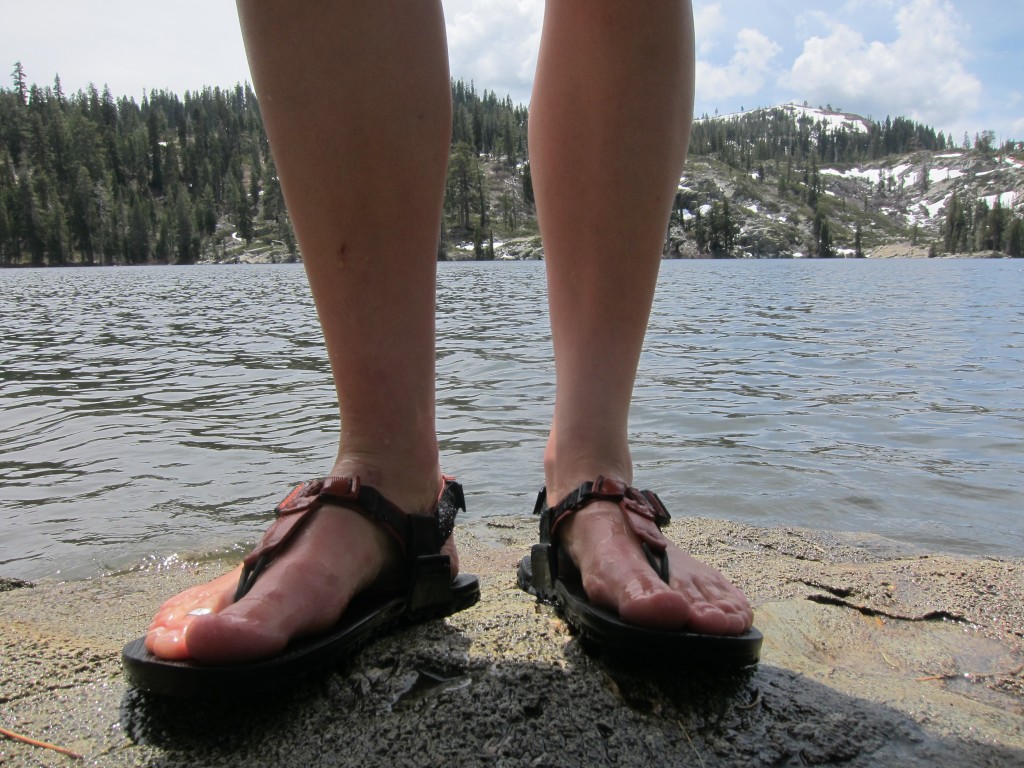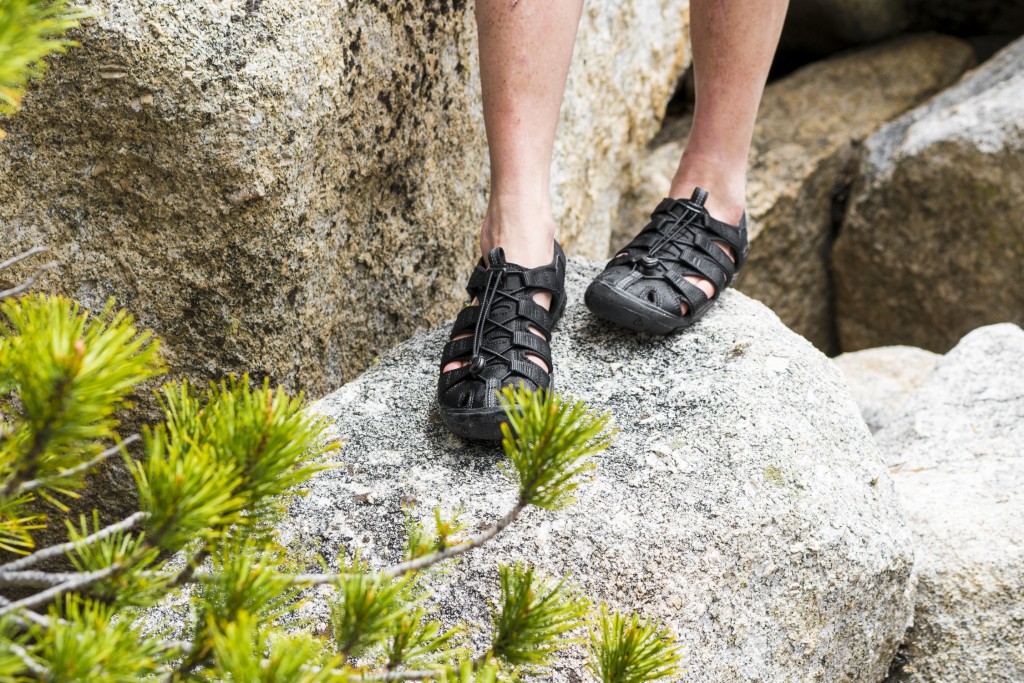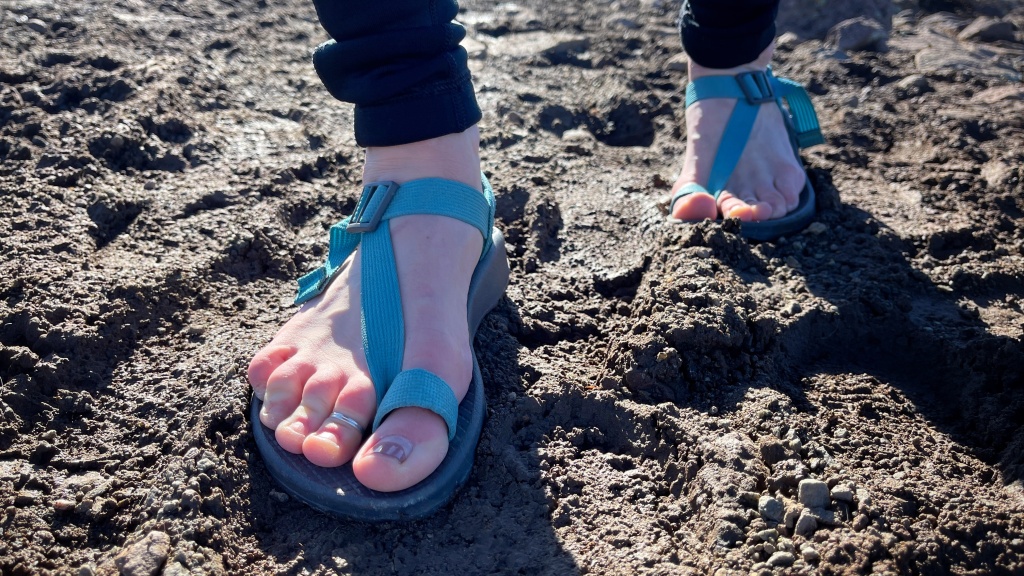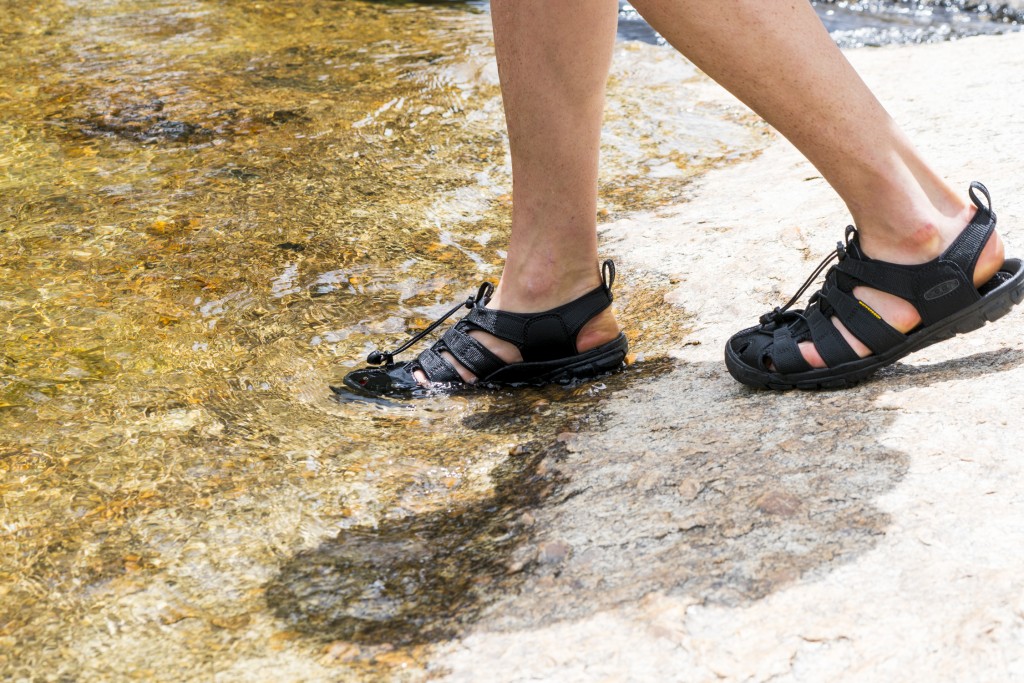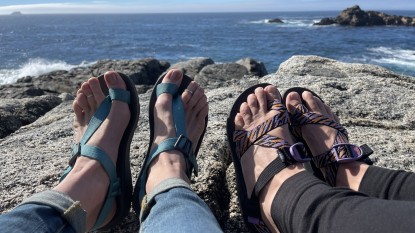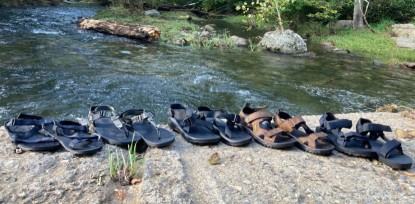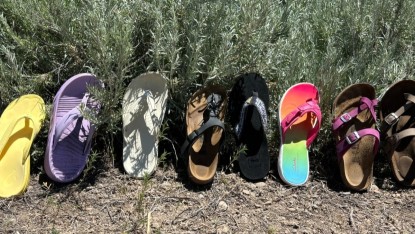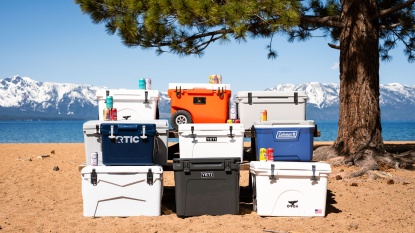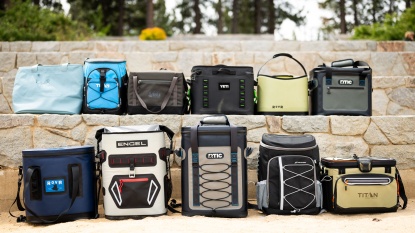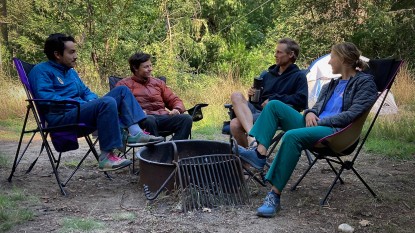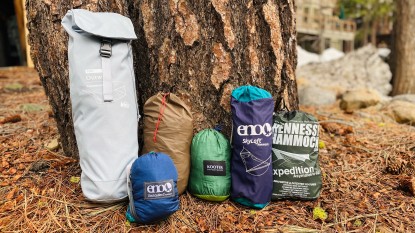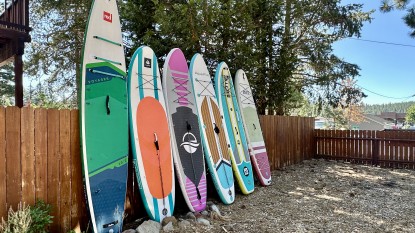There are endless sandal options on the market today, so how do you choose the best women's sandals for your activities and daily routine? Throughout our review, we've provided as much detail as possible about how each sandal fits and which foot types each model will accommodate. But unlike a camping stove or cooler, footwear is dependent on your unique foot shape and desired comfort level. So while we know you'll get a lot of value out of reviews like ours, no amount of reading and research can replace trying on a variety of sandals to see which fits you best. We hope you can use this review to narrow the field to a few options, then head to your local retailer (or the internet) to try them on before you commit.
To find your perfect sandal, consider where you'll wear them. Are you looking for a burly beast to take into the depths of the backcountry, perhaps replacing your hiking shoes during the summer? Or maybe you're just looking for something that will last at the beach for a few seasons without disintegrating? This article will walk you through choosing the right sandals for the activities you do the most.
Let's Talk About Footbeds
The terminology used to describe sandal materials and construction is all over the place, so we'll attempt to demystify some common materials and designs to give you an idea of what might come your way once you click “purchase.” There are typically three layers of construction in the soles of shoes and sandals: the footbed (the part your foot rests on), the midsole (in the center, invisibly offering support or cushion), and the sole (the bottom portion with tread). As midsoles are extremely variable — and not always present — we'll focus more on footbeds and soles.
Construction Materials
Many sandals have footbeds or midsoles that consist of some type of foam. EVA (ethylene vinyl acetate) is one of the lighter foam options, but it's also quite compressible. This means that sandals made with EVA will be light but will lose some of their spring and cush over time. In contrast, PU (polyurethane) is a heavier, less compressible material, so it's more durable. Sandals made with PU will weigh more but last longer.
Many brands use their own proprietary foam or rubber blends to construct the footbed, so it's harder to tell exactly what they're made of. For sandals like this, it's best to read the manufacturer's descriptions carefully to see if the product is designed to be squishier or firmer. You can also check out all our articles, where we describe the feel of each sandal in detail. If you can get into a store that sells them and try them on in person, that's the best option, but if you're buying online, be sure there's a painless option to return or exchange your sandals before you complete your order.
Footbed Shape
Some sandals are completely flat, while others are designed with contours that mimic the natural shape of the foot. The flattest options, often described as minimalist, are designed to be barriers between your foot and the ground, but they're not there to give you a ton of support. They can be more accommodating of diverse foot shapes but can also be very tiring for your feet if you're not used to walking around without arch support or a taller heel section.
Some models offer light contouring, meaning the footbed has a bit of topography to help keep your foot in place and provide a small amount of support. This can be very helpful for traction with wet or sweaty feet and when going up and down steep hills. Finally, some models have footbeds that resemble a topo map of the PCT because they provide aggressive contouring to mimic the foot's shape. These are great for anyone needing serious support — like when carrying a heavy backpack or if you have high arches or feet that easily get sore.
Beyond just their shape, the flexibility of a sandal's base also makes a drastic difference to their comfort, support, and best use. Manufacturers' photos and product descriptions should help you figure out which category your prospective sandal falls into, and of course, we've included this info in our reviews.
Choosing Your Activity
After spending many miles evaluating the products in this review, our testers agree that which sandal is right for you depends almost entirely on what you'll use it for. It would be wise to decide which metrics are relevant to you and your planned activities, then focus on the models that perform best in these areas.
In a broad sense, we've found that sandals can be categorized into one of three use categories: urban wear, water activities, and hiking. Identifying which best describes your intended use will help you find your most appropriate fit. Just about every pair we've tested over the past decade-plus fits into at least one of these categories, and some of the models we wore fit into more than one. Impressively, some very special pairs of sandals fit into all three of these categories.
Urban Use
If you're looking for a sandal to slip on daily during the summer as you go about your life around town, start here. When considering sandals for urban use, prioritize comfort and style above all else. Generally, people looking for footwear in this category want something that blends in rather than something that looks aggressively outdoorsy, and they care more about a comfortable footbed than they do about straps that dial perfectly for an ultra-secure fit. If that sounds like you, look for a softer footbed option with a more flexible sole. You'll also want to consider how your feet handle different footwear shapes. If you need lots of arch support, make sure you still get that in your sandals. The same goes for wider feet or longer toes. Just because sandals are open and breathable doesn't mean they're built to accommodate all shapes of feet.
Since stability is inherently less important on smooth, paved terrain, a flip flop can be another appropriate option for a sandal to wear exclusively around town. But if you're looking for a slightly more substantial product with more control, consider a sandal with a heel strap. When searching for your ideal style, look for sandals that come in a plethora of colors and patterns — some even offer fully customizable designs — that can best match your personality and style.
Water Activities
Those searching for a shoe that performs in the water should prioritize traction — both on the sole and the footbed — and consider water resistance. This includes beach-goers, boaters, rafters, those hiking in warm, wet environments, and anyone with sweaty feet in the summer. Improved performance means increased safety and confidence on wet surfaces. For increased comfort, a shoe that dries faster is appreciated.
Some of the burly adventure sandals we tested have large lugs on the bottoms of their soles to provide better traction in wet conditions. The materials they're made of also matter, as some can be too soft to maintain traction underwater, while others can be so rigid that they lose traction when wet. Read the manufacturer's intended use for each pair before wearing them on a slippery boat deck or crossing a swift stream. Also, consider checking out our favorite women's water shoes with a closed toe if you need the highest level of protection and traction.
Though most people consider traction as just the sole of a shoe, the footbed is particularly important with sandals. Models without any texture on the footbed and those with flat soles lose major traction once wet. If you need stability in the water, you'll want a pair of sandals with a contoured footbed that matches the curves of your feet, as well as plenty of texture over their whole surface. Without these features, a pair of sandals is likely to let you slip and slide around inside them when your feet get wet or sweaty.
Of course, the strap style matters as well. The most secure models we tested have straps that hold on across the bulk of the foot and also have special loops or crosses that grip the big toes. Though they may feel a bit odd at first, the extra stability provided by having your big toe secured to the sandal is critical when your feet get wet. And, having straps that are thin enough to dry quickly makes them more pleasant to wear — and less likely to rub — once you're back out of the water.
Hiking
If you're looking for a summer sandal that will let you leave your hiking boots at home occasionally, you're in the right place. Our testers are big fans of letting their toes see the sun, even on multi-day backpacking trips and technical day hikes. A great hiking sandal should have the performance capabilities of a hiking shoe but will ideally offer more versatility at a lighter weight. It should excel on all kinds of terrain while still being packable.
Many of the traction features we look for in a good pair of water-ready sandals (see above discussion) also apply to sandals we'll wear hiking. Additionally, having appropriate foot support is key. Thicker soles with sturdy midsoles and robust support are far more comfortable for long days hiking over uneven terrain — particularly if you're wearing a heavy pack. We've backpacked in the most supportive and the least supportive sandals in our lineup, and we know from experience that just about nothing ruins a hiking adventure faster than sore feet.
Foot Protection and Close-Toed Construction
In addition to considering what activities you'll do when wearing your sandals, you may want to think about how much protection you need. Rocky terrain or prickly vegetation increases the need for coverage, but so does individual clumsiness and confidence level on steep, rough trails. Sun protection is another perk of having a more covered shoe.
The biggest downside to closed-toed products is that they are open enough to allow debris to enter the footbed but closed enough to trap this detritus. This means frequent breaks to stop and clear out the pebbles and twigs that have collected between your foot and the footbed. They are a more protective option than open-toed models but are no substitute for proper hiking boots or hiking shoes.
After reading this article, we hope you have a better idea of what attributes you'll need in your next pair of sandals. Depending on where you want to head, and what kinds of activities you want to do along the way, will help you narrow down which pairs could work and which almost certainly won't suit your needs. Whether you want a pair for a specific use or one that can take you everywhere and do everything, there's a pair of sandals just waiting to slip onto your feet.

